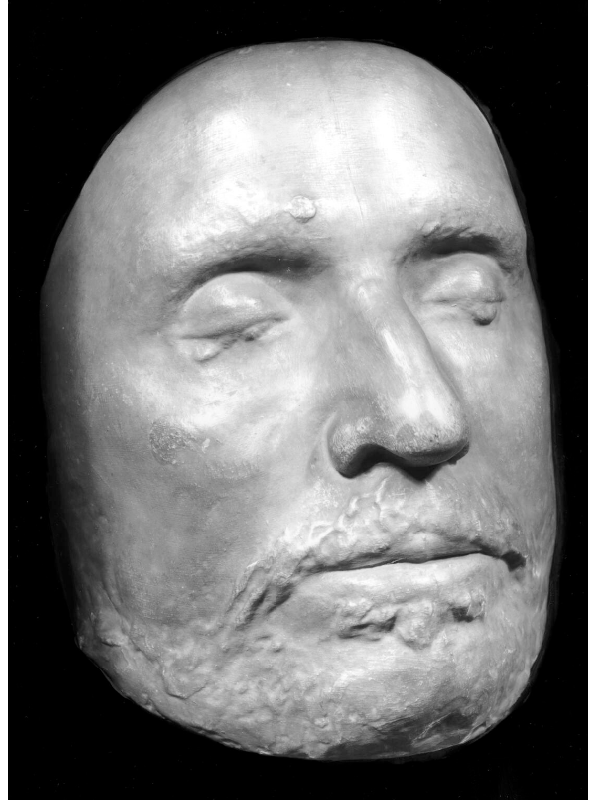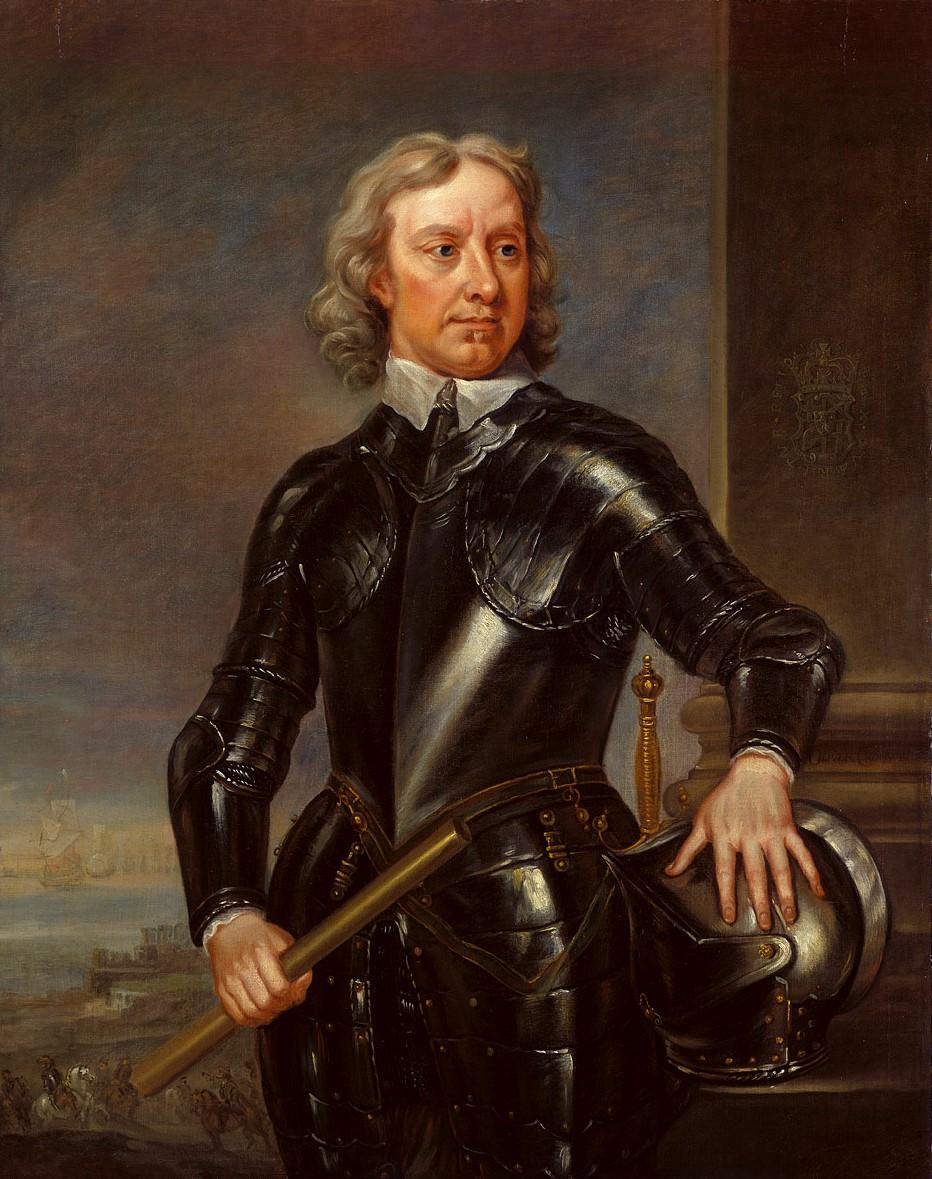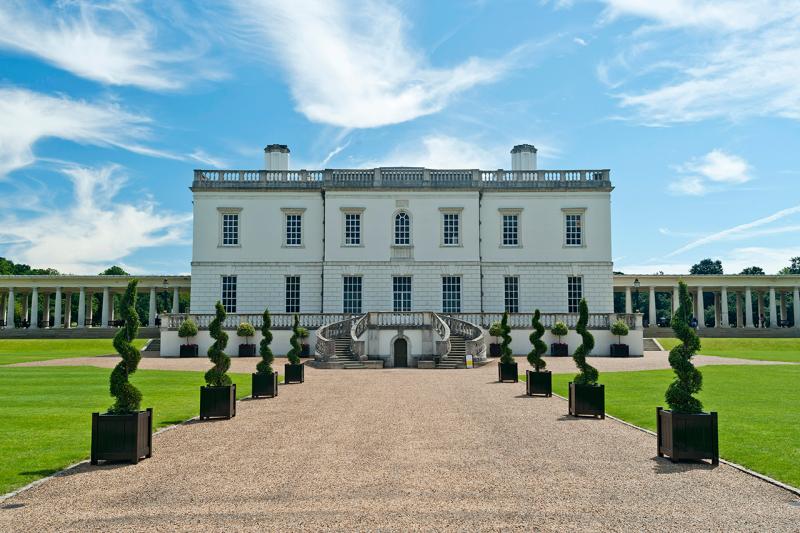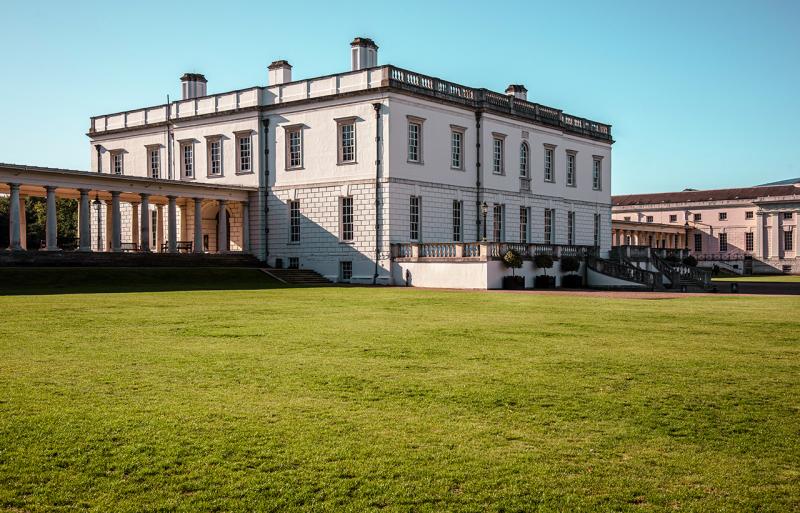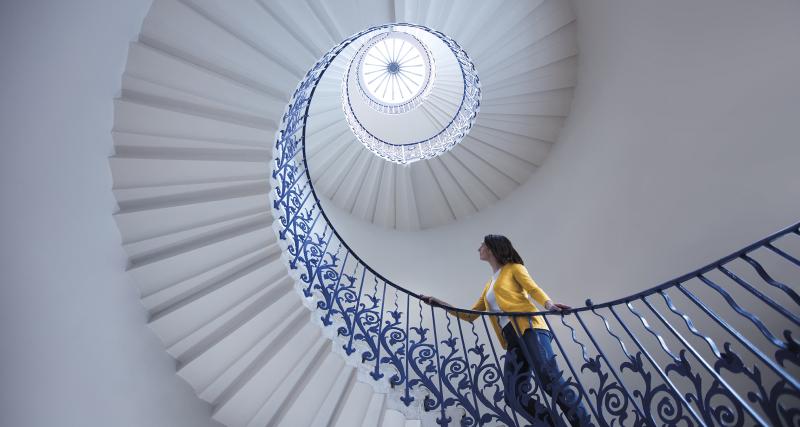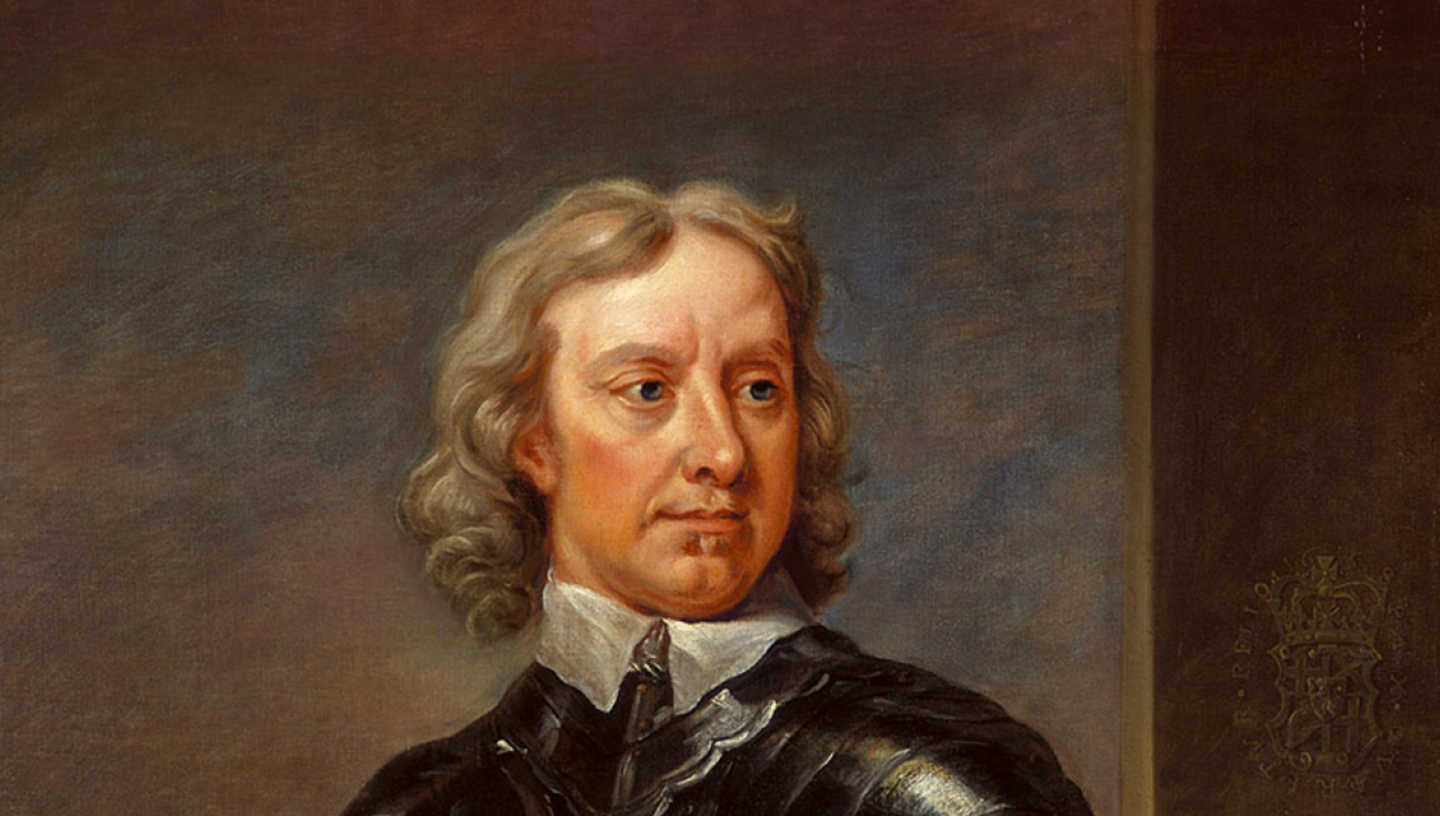
How did Oliver Cromwell die?
He is one of the most divisive figures of British history. But how did he die?
Who was Oliver Cromwell?
Oliver Cromwell was best known for being Lord Protector of the Commonwealth of England Scotland and Ireland after the defeat of King Charles I in the Civil War. He was one of the main signatories on Charles I’s death warrant.
After the execution of King Charles I, Cromwell led the Commonwealth of England.
How did Oliver Cromwell die?
Cromwell died on 3 September 1658, aged 59. His death was due to complications relating to a form of malaria, and kidney stone disease. It is thought that his death was quickened by the death of his daughter a month earlier.
Cromwell appointed his son, Richard as his successor. However, Richard was not as successful at leadership as his father, not having as good a relationship with the army. There was also conflict between parliament and the army.
In May 1659 Richard renounced power, just 9 months after his father’s death. This ended the protectorate.
Where is Oliver Cromwell buried?
The formal funeral procession for Cromwell was a grand affair, through the streets of London, and modelled on similar funeral processions for kings, particularly James I. It was an elaborate procession, with people lining the streets to watch the carriage pass the distance between Somerset House and Westminster Abbey, where he was buried.
Despite refusing the crown during his life, his wooden funeral effigy which lay in state at Somerset House before his funeral was dressed in robes with a crown, orb and sceptre.
A wax mould was made of his features after his death.
Oliver Cromwell’s head
In 1659 Richard Cromwell gave up power, and Charles II was restored as King of England – this was known as the restoration.
Charles decreed that Cromwell be disinterred from Westminster Abbey, and that he be ‘executed’ – despite already being dead – for regicide. The bodies of Cromwell, Henry Ireton, (General in the Parliamentary Army during the Civil War), and John Bradshaw, (the President of the High Court of Justice), were removed from their graves.
They were hanged in chains at Tyburn before being beheaded. Their bodies were thrown into common graves, and their heads were placed on spikes above Westminster Hall.
During a storm in 1685 Cromwell’s head reportedly fell from the spike and was thrown to the ground. Since then the head has been reportedly through numerous hands, in various private and museum collections, even being put on display numerous times. Eventually it was buried at Sydney Sussex College at Cambridge University.
However, historians have been unable to agree on whether this head, and the body hanged at Tyburn, were really Oliver Cromwell’s. Some believe that his body would have been moved between burial and exhumation to keep it away from angry royalists, so the body at Westminster Abbey would not have been his.
What did Oliver Cromwell ban?
Cromwell was a Puritan. Puritans were Protestants who wanted to purify the Church of England of Roman Catholic practices. They believed that the Church of England was too similar to the Roman Catholic Church, and that the reformation was not complete until it became more protestant.
During his time as Lord Protector Cromwell banned, or imposed rules on many things in England.
Theatre and bear baiting
These were banned. As forms of entertainment they were seen as sinful.
Celebrating Christmas
No one was allowed to attend church services for Christmas, and anyone thought to be buying food for Christmas celebrations had it confiscated. Puritans wanted people to spend christmas contemplating Jesus' life, rather than celebrating. Monthly fast days were also introduced to encourage people to focus on God.
Most sports
If you were caught playing sport on a Sunday, you could be whipped.
Swearing
This was punishable by a fine, or a stint in prison.
Working on Sundays
Sundays were to be treated as a special day, with no work done on the day, or even unnecessary walking. Women caught working were put in the stocks.
Make-up
This was banned, and often scrubbed off of women’s faces by soldiers patrolling towns.
You can see a terracotta bust of Oliver Cromwell in the Queen’s House. Made in possibly 1732 or by 1755-7, the bust is one of eight, of English ‘heroes’ made for Sir Edward Littleton.
